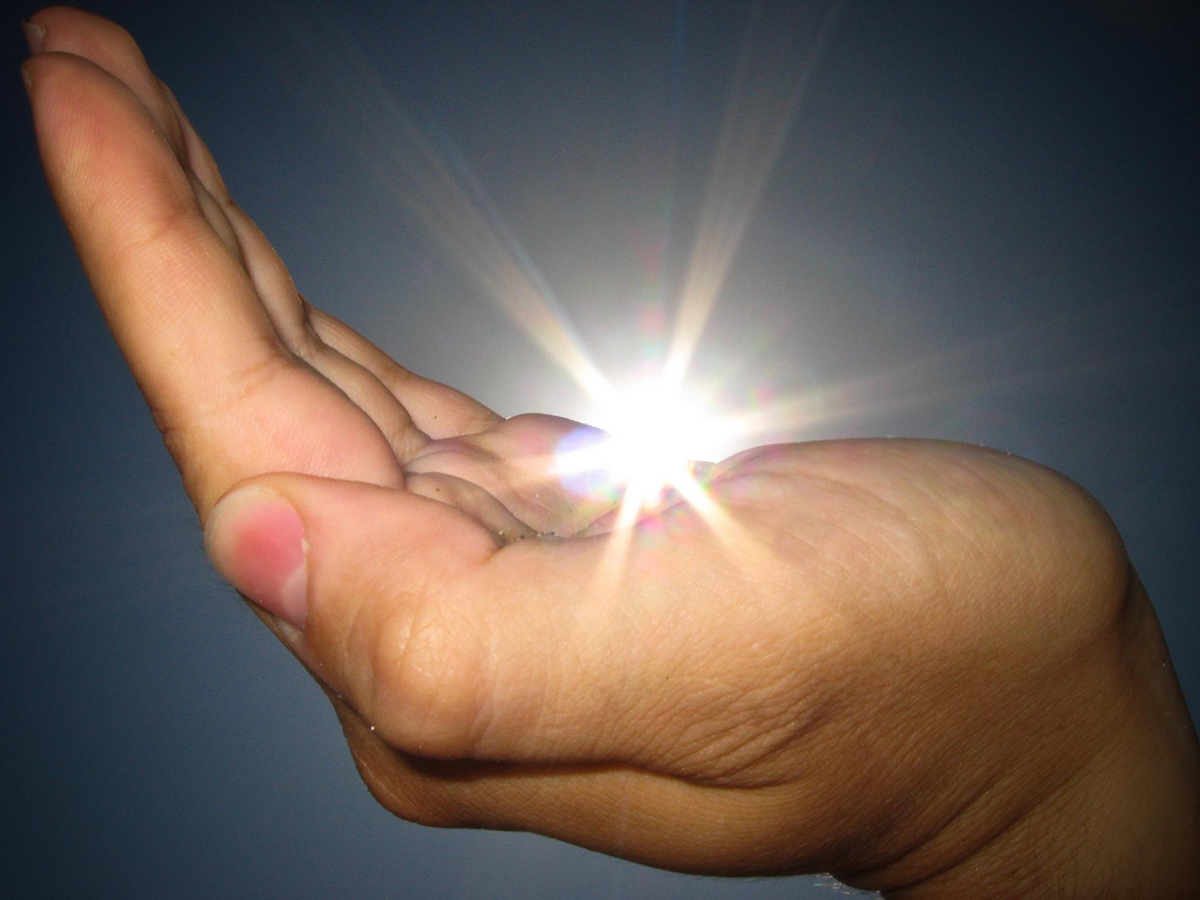Table of Contents
A group of Canadian scientists tested the idea that light therapy may be helpful for people who suffer depression any time of year, not just during the months of the year daylight hours are decreasing. The scientists recruited 122 people who had depression for six months between September 2009 and April 2010, dividing them into four groups:
- One group was treated with bright light alone. The volunteers in this group spent 30 minutes every morning in a light box designed to deliver 10,000 lux. They were given a placebo pill to take every evening.
- A second group was treated with Prozac alone. They were asked to spend 30 minutes every morning sitting in front of a negative ion generator (which, the scientists believed, should have no effect on their depression), and to take prescription Prozac every evening.
- A third group was asked to spend 30 minutes every morning in front of the negative ion generator and was given a placebo pill to take every evening.
- The fourth group was asked to spend 30 minutes every morning in the light box and to take an actual Prozac pill every evening.

The team of psychiatrists measured depression with the Montgomery-Åsberg Depression Rating Scale. The rating scale could indicate response, that is, reduced depression, or remission, essentially complete relief from depression. Because some participants were tested as days were getting shorter and others were treated as days were getting longer, the researchers believed day length was not a factor in their results. Each participant followed the protocol for eight weeks.
The results of the study were surprising:
- Volunteers who did not receive any active treatment at all (those who were asked to sit in front of a negative ion generator and given a placebo pill) were more likely to go into remission, that is, completely recover from depression, that people whose only active treatment was Prozac.
- Volunteers were 60 percent more likely to achieve relief with light therapy alone than with Prozac alone.
- The combination of light therapy and Prozac resulted in a response by 76 percent of volunteers (that is, there was only a 24 percent chance that the combination of treatments would fail completely), and remission by 59 percent.
READ Can You Exercise Your Way Out Of Depression?
The combination of light therapy and Prozac was not a sure-cure for depression, at least not in the eight weeks of the study, but it was more successful than other approaches. Light, however, seems to be more important to treatment than Prozac.
The bottom line is that light therapy is a good place to start in treating depression. It’s not the immediate answer for everyone who has depression, but with the right antidepressant, it is more likely to get results.
- Bechtel W. Circadian Rhythms and Mood Disorders: Are the Phenomena and Mechanisms Causally Related? Front Psychiatry. 2015 Aug 24. 6:118. doi: 10.3389/fpsyt.2015.00118. eCollection 2015. Review. PMID: 26379559.
- Lam RW, Levitt AJ, Levitan RD, Michalak EE, Morehouse R, Ramasubbu R, Yatham LN, Tam EM. Efficacy of Bright Light Treatment, Fluoxetine, and the Combination in Patients With Nonseasonal Major Depressive Disorder: A Randomized Clinical Trial. JAMA Psychiatry. 2015 Nov 18:1-9. doi: 10.1001/jamapsychiatry.2015.2235. [Epub ahead of print]. PMID: 26580307.
- Photo courtesy of Alex Martin: www.flickr.com/photos/alexmartin81/9759032916/
- Photo courtesy of Viditu: www.flickr.com/photos/turyddu/2682923190/


Your thoughts on this